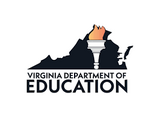
Students contribute to a class blog to share the creative processes involved in acting and production.
- Subject:
- Theater
- Material Type:
- Activity/Lab
- Author:
- VDOE Fine Arts
- Date Added:
- 05/17/2022

Students contribute to a class blog to share the creative processes involved in acting and production.
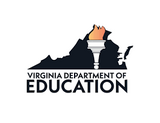
Students can be introduced to a story and create a scene individually or in small groups. Scenes can be acted out in front of projections of student-created background scenery, and discuss how scenic elements impact the meaning of the performance.
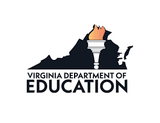
Students will explore available assistive technologies, including how they have been utilized by the professional theatre community to create and present inclusive theatrical productions for those with special physical, mental, visual, auditory, and other sensory needs.

The teacher directs a short class performance of a story of local, state, or national significance. The performance is recorded and then sent to a similar class in another community, state, or part of the world.
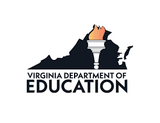
The teacher can direct a short class performance of a dance of local, state, or national significance. The performance is recorded then sent to a similar class in another community, state, or part of the world. The exchange school will send a performance back. When students receive the recording from the other class, they can respond to what they “see, think, and wonder” about the work they have viewed.
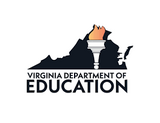
In a multimedia summative portfolio, Students include both process and product documentation as well as reflections of learning.
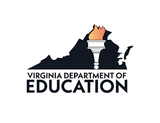
Students will connect with students in other performing arts groups from around the world.
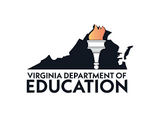
Students can create short video “commercials” to communicate messages about topics of interest related to course content, advocacy, to highlight student work, or advertise upcoming performances.
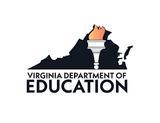
Video clips of performance and/or production techniques covered in class allow students to pause, repeat, and access content on-demand as needed for review, remediation, make-up work, and/or enrichment. Students can assist in the development of technique videos by identifying skills they are strong at demonstrating, recording a short “how-to” video, and adding it to a class library of learning media.
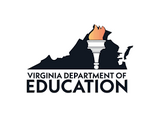
Students will develop a technological task management system to stay organized through a fictional or real production process.
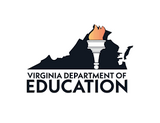
Students will use multimedia tools to conduct data analysis related to school productions.
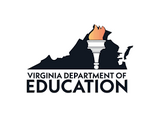
Students will explore elements if art in a digital drawing program.

This lesson will cover topics related to the musical traditions of Appalachia, including genres like old-time, bluegrass, and ballad singing. The lesson will emphasize the evolution of recording technology from acoustical to electrical methods in the late 19th to early 20th centuries and the profound impact of recording technology on the preservation and dissemination of Appalachian music, shaping cultural landscapes worldwide.
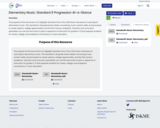
The purpose of this document is to highlight standard nine of the 2020 Music Standards of Learning for elementary music. This standard in all grade levels relates connecting music content, skills, and processes to career options, college opportunities, and the 21st Century workplace. Teachers and curriculum specialists can use this document to plan a sequence of instruction for grades K-5 that prepares students for career, college, and workplace connections in music education.
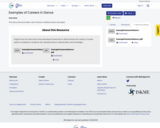
This document provides a list of dance-related career examples.
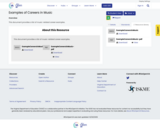
This document provides a list of music-related career examples.
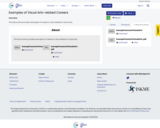
This document provides examples of careers in and related to visual arts.
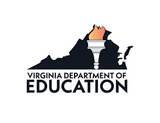
Students will compare Ancient Greek architecture with the innovative and abstract contemporary architecture of renowned famous female Iraqi architect, Zaha Hadid. Students will respond to a design challenge and create a small-scale 3-D building model employing vision and originality to showcase their most creative idea of form and function.

Students will explore the contemporary technique of Pixel Art- using exaggerated pixel size to emulate the low-resolution aesthetic of Late 80’s/early 90’s video games. Using a free image-editing and animation application, student can create their own pixelized version of an everyday inanimate object and then animate their image.
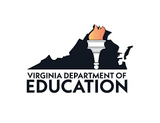
Understanding intellectual property and copyright is crucial to theatre practitioners, be they actors, technicians, directors, or managers. Students will research terms and identify cases of copyright infringement in the theatre arts.